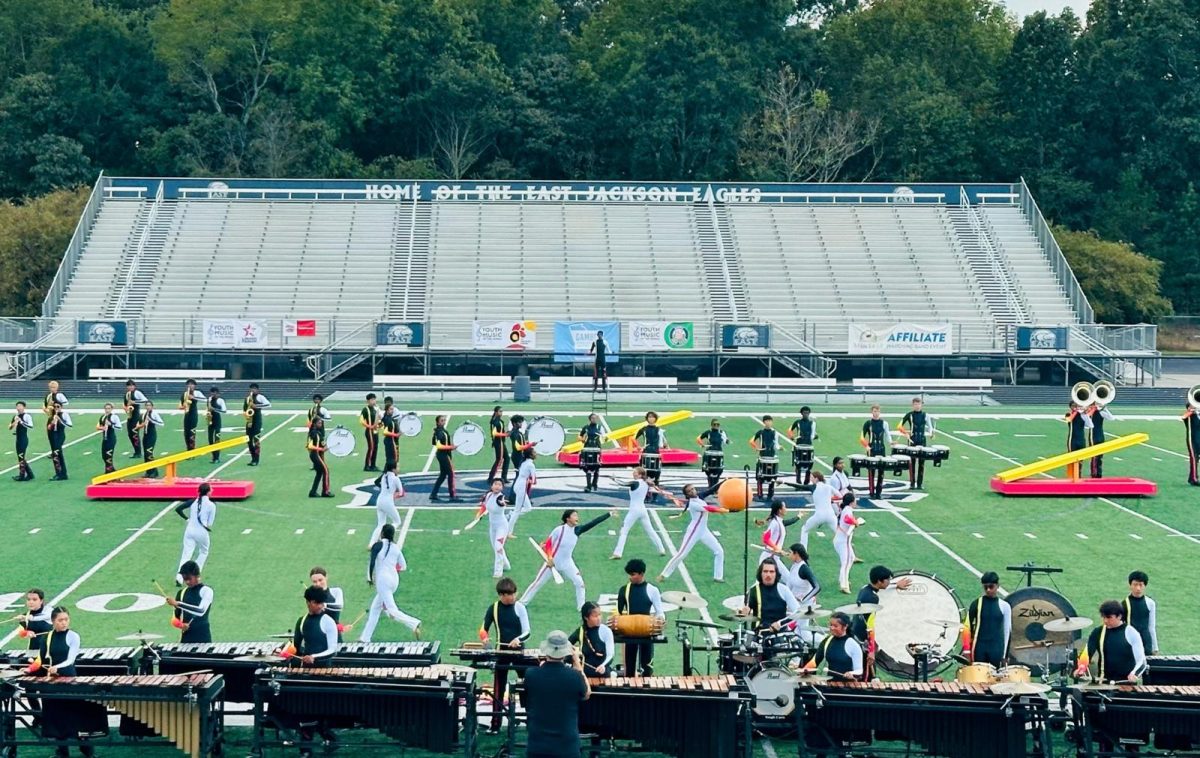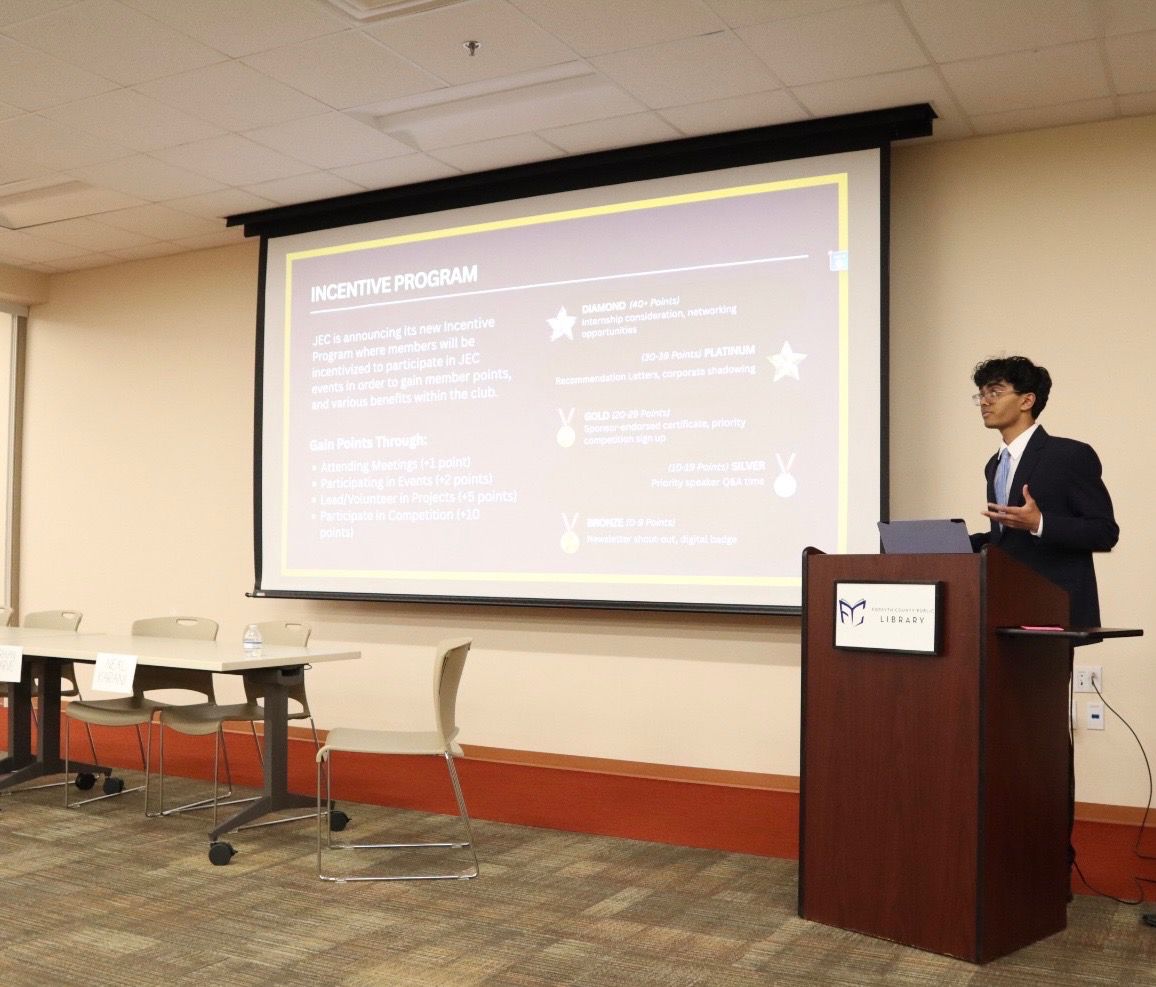
In recent years, K-dramas have grown from an isolated aspect of culture to an iconic mainstay of global entertainment that captivates audiences across the world. While previously considered a niche genre, their popularity has skyrocketed in recent times with viewership rising a staggering 200% in the United States alone. With this wave of K-drama fever sweeping the nation, I felt the need to explore this cultural phenomenon. In fact, the Asian demographic made up 48% of Lambert students for the previous school year. Seeing as K-dramas are an integral part of the culture in many parts of Asia, it was an important decision to jump out of my comfort zone and take a journey to South Korea – Jeju Island, in particular.
The hit Netflix series “Welcome to Samdal-Ri” details a young childhood couple’s rekindling of love under unexpected circumstances. While they had a relationship as teenagers on the quaint island of Jeju, a popular tourist destination, it ended soon after and resulted in their going separate ways. Replete with stunning natural views and an engaging plotline, the show was able to bring a feast of Korean culture and entertainment to audiences around the world. Upon watching the show, I was initially skeptical about what to expect, as the beginning of the first episode was a slow burn that left me slightly puzzled about the central focus of the show. After all, it was a romance series, but there was yet to be a central romance or even a build-up towards the same. However, a common feature of many Korean dramas is a slow-burn romance that crafts nuance and depth, something that I would come to greatly appreciate despite its contrast from other mainstream entertainment. Furthermore, Korean customs are highlighted in their original form in most K-dramas, which help foreign audiences gain authentic insight into the many rich traditions that comprise Korean culture.
“I learned about a lot of Korean customs and traditions from watching K-drama since the culture is so well ingrained in what we see on screen,” Lambert junior Rushil Kaza said. “They do a really good job of not just demonstrating the superficial aspects of daily life but really diving into what the culture is based upon.”
K-dramas have been a proud beacon of culture, helping bridge the gap between the often Westernized portrayals we see of the Asian world on screen. I found many of my own notions of Korean society dispelled by the authentic portrayals in Samdal-Ri, where I got an insight into not just the traditions but the underlying values that they stood for. Additionally, the show was able to convey universal themes through the lens of the local culture. Whether it be the polarization of island and urban life, the tradeoff between career and family or the high societal expectations that women are often faced with in the modern world, one could truly see the many issues that persist in societies alien to our own. It truly helped to shine a light on the fact that despite differing circumstances, we as humans face similar challenges – and it is only with the support of those around us that we can begin to overcome the obstacles we face. This shared mindset of togetherness is emphasized in both Samdal-Ri and Korean culture as a whole, clearly illustrating how the K-drama genre has made a true impact on global society today.
Furthermore, gaining exposure to Korean culture in such a way helped me to further connect with those around me at Lambert. Many of my friends and peers are proud Koreans, and their impact can be seen in numerous ways at our school, whether it be the highly successful K-Pop Dance Club, the animated Korean-language conversations one can hear as they peruse the hallways or even the numerous cultural delicacies brought from home. By watching K-drama – a strong point of pride for many Koreans – and exposing myself to a foreign culture, I saw myself able to further understand and appreciate the heritage of those around me.
“I feel proud as a Korean that K-drama is so popular worldwide,” Lambert junior Hanna Kim said. “It’s really helped more people understand our culture and where our traditions come from.”
Clearly, K-drama lives up to the hype it generates across the globe, with an influence that spans a variety of audiences and groups. I was pleasantly surprised by how much I not only enjoyed the vibrant stories but also found myself immersed in the culture – an aspect that has truly fueled K-drama’s rise to the top of the entertainment world. Furthermore, it has served as a culturally significant player and sparked deeper connections across borders for its millions of viewers across the globe. By not only disproving our notions of Korean society but also giving us new insight into its depth and traditions, we are able to understand better and appreciate one of the key players in today’s interconnected world. With the Korean diaspora growing at rapid rates worldwide, making the effort to immerse ourselves in a culture different from our own allows us to foster new ties of cultural unity and friendship. As we advance into a future sure to be marked by cooperation and global ideas, being able to gain true insight into a variety of different groups has become of utmost importance, and K-drama is one such phenomenon that has helped make this not just a dream, but a reality.














